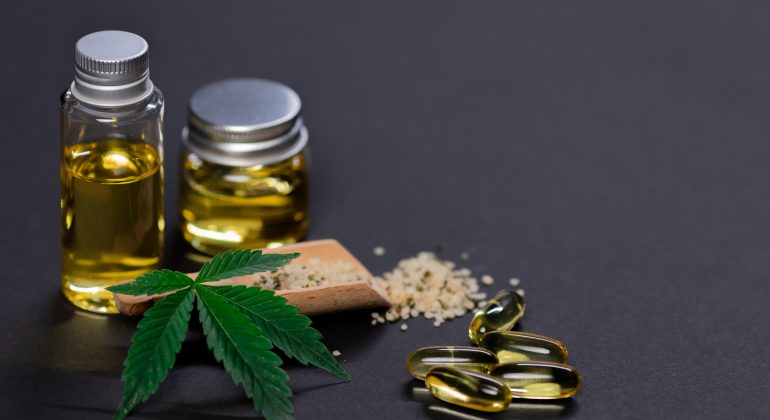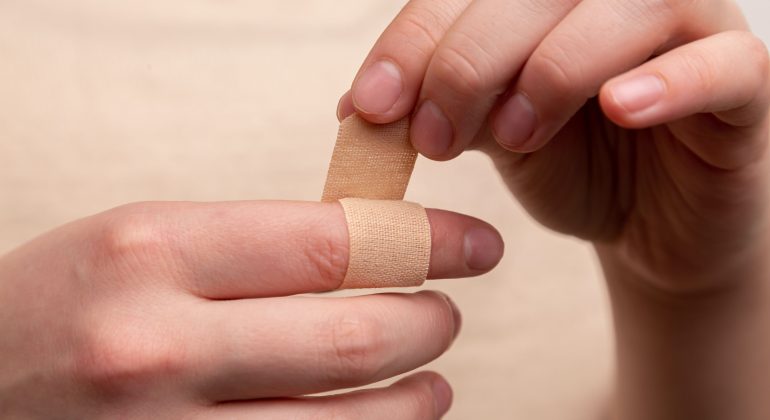Cannabidiol is being tested to treat at least twenty diseases
From depression to epilepsy, multiple sclerosis to chronic pain, phobia to menstrual cramps — never has science advanced so far in discovering the medicinal properties of cannabis, the marijuana plant. It is estimated that the effects of cannabidiol, a substance found in small volumes in the stem and leaf of the herb, are being tested in at least twenty diseases in large reference centers around the world. One of the most extraordinary works is Brazilian. Researchers from the University of São Paulo (USP), in Ribeirão Preto, identified the therapeutic action of the compound in burnout, the syndrome of professional burnout.
Published in the journal JAMA, of the American Medical Association, the study evaluated 120 health professionals on the front lines of the response to Covid-19. Daily doses of 300 mg of the drug reduced symptoms of emotional fatigue by 25% in the volunteers, depression by 50%, and anxiety by 60%.
Well, now the group of scientists is studying the action of cannabidiol on Covid-19.
— We are evaluating, in partnership with the USP Institute of Psychiatry in São Paulo, the effect of cannabidiol in preventing the neurological and general medical consequences of coronavirus infection — says the leader of the research, psychiatrist José Alexandre Crippa.
Scientists have discovered that cannabidiol acids can bind to the Spike protein, the structure that the coronavirus uses to enter cells. With this, cannabis compounds could prevent infection. The work, published in the Journal of Natural Products, was developed in a laboratory and still needs to go through new steps, such as testing on humans.
Source: O Globo








